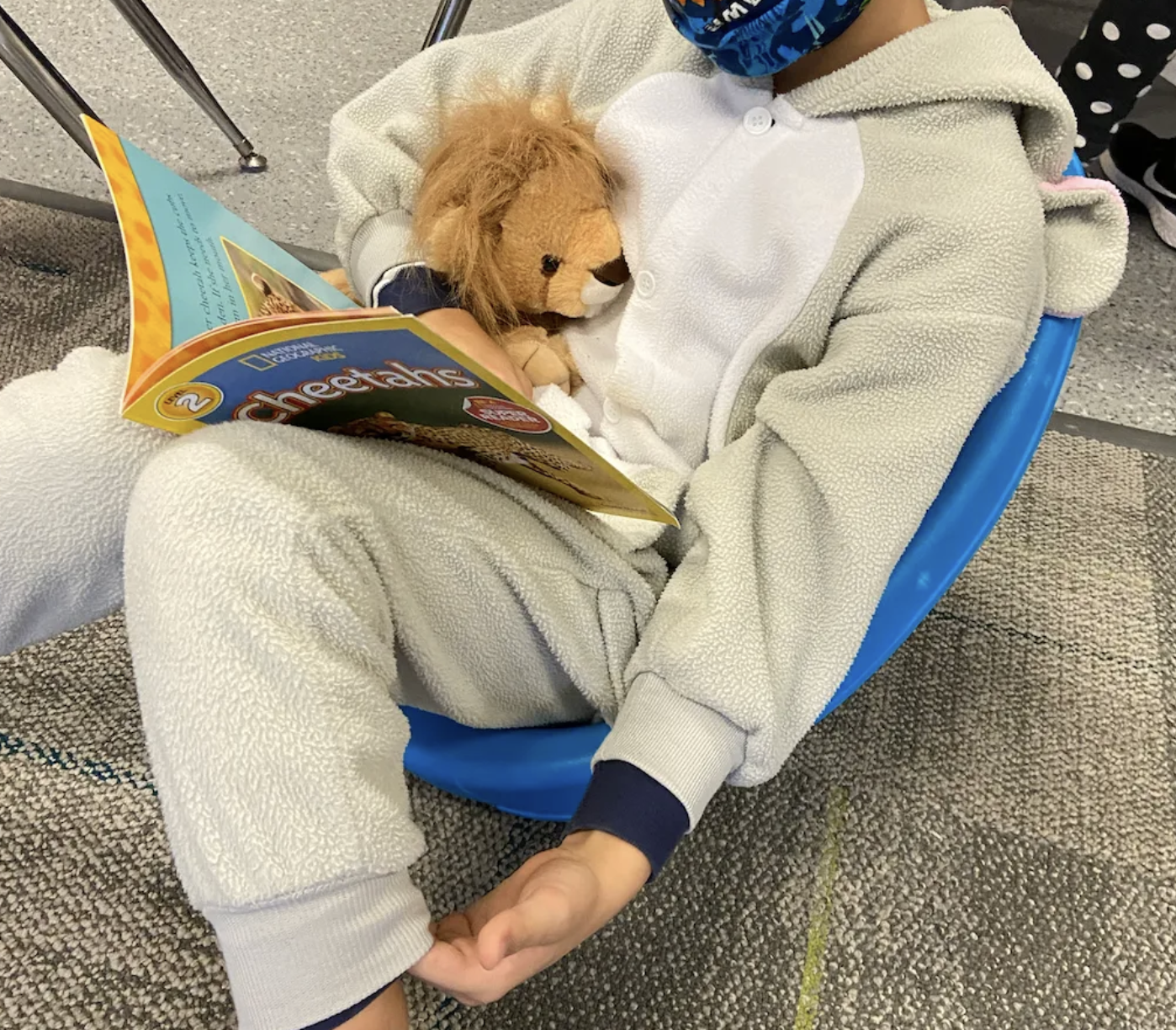Engagement Strategies That Work Part 5: Class Pet
I've been in a lot of classrooms this year as a literacy coach, and let me tell you—I’m learning so much! One of my core beliefs is to always be a life-long learner, and I’m constantly on the lookout for new ways to improve my practice, gain fresh ideas, and stay inspired.
I spend a lot of time with second-year teachers, and I’ve been picking up so many great insights from them. In the next few blog posts, I’ll be sharing some of the positive incentives and engagement strategies that really work in the classroom and bring in a lot of joy. Stay tuned!
Part 5: Class Pet
No, I’m not talking about a snake or a tarantula that stays in its cage all day, creeping you out (let’s be real!). I’m talking about a stuffed animal class pet! 🧸
Stuffies are a fun and motivating way to build community and keep students engaged. Kids love stuffed animals—and teachers love them because, let’s face it, there’s no cage to clean! 🥳
Here are some of my favorite ways to make the most out of a class pet stuffie:
1. Introducing the New Classmate
The day before introducing the stuffie, I tell my students: “We have a new student joining our class!” The excitement is real, and it’s a great opportunity to talk about classroom expectations.
I ask: “What would we teach a new student about our class? What are our community agreements? How do we transition from the carpet to our tables?”
The next day, I do a big reveal—hamming it up, pretending the new “student” is really shy and needs some extra kindness to feel comfortable.
When I tried this with my second graders during the pandemic, their initial reaction was hilarious. They rolled their eyes like “Really, Ms. Thiering?”—trying to play it cool. But it didn’t take long for those seven-year-olds to fall in love with our pet dragon. They even made him a mask! 😄
2. Vote on a Name
For the first few days, the class pet sits on a special perch in the room. I like to have fun with it—talking to the pet aloud like it’s a real student. The weirder the better! Think Ms. Frizzle vibes. The more you get into it, the more your students will, too.
Of course, your class pet will need a name! I have my students nominate names and vote to choose the best one.
Pro tip: If you introduce your pet soon, this is the perfect way to practice the voting process just before the 2024 presidential election! 🗳️ Once your stuffie has a name, it’s time to level up.
3. Positive Behavior Reward During Lessons
Class pets are an awesome tool for motivating students during whole-group lessons. During a phonics lesson, for example, I’ll tell students that the pet wants to sit with someone who is highly engaged—participating, sitting appropriately, or showing the behavior I want to see more of.
When I spot a student rocking it, I’ll place the stuffie in their lap for part of the lesson. And if someone else steps up? The stuffie moves to them! Watching their classmates snuggle with the pet creates serious motivation to stay engaged.
I saw this in action in a phenomenal teacher’s classroom earlier this year. She taught her students the phrase “loud and proud,” and her class pet—a longhorn—only wanted to sit with kids who were participating enthusiastically. That meant joining in on hand movements, answering loudly during the “we do” portion of the lesson, and sitting with “mountain torsos” and “pretzel legs.”
Let me tell you—it worked like a charm! As soon as she passed the stuffie to one student, the entire class piped up and joined in.
4. Station Work and Independent Activities
You can also use the stuffie to boost engagement during independent or station work. Maybe the pet visits the student who is focused the longest, or it stays with the group working most efficiently at their station.
And honestly—what kid doesn’t love reading to their pet lion or solving math problems next to a fuzzy unicorn? 🦄
A stuffed animal class pet can be a powerful tool for building community, reinforcing expectations, and motivating students. Whether you use it for behavior rewards, to practice voting, or just to bring some fun into your lessons, your class pet will quickly become a beloved part of the room.
Got a favorite class pet story? I’d love to hear about it—share your experiences!

